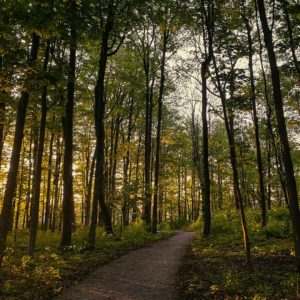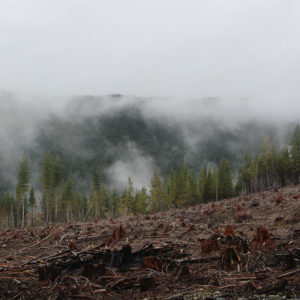6 Ways Nature-Based Climate Solutions are Tackling Climate Change in Canada
Natural climate solutions defend and restore natural areas (ex. forests and wetlands) that are essential for the removal of greenhouse gasses from our atmosphere; protecting us from climate change impacts and helping to reverse wildlife decline.
As we live through the impacts of a warming climate in the form of fires, floods, and severe weather–natural climate solutions also play a role in protecting our communities and making nature more resilient to the changes already underway.
Here are a few examples of nature-based climate solutions implemented effectively in Canada:
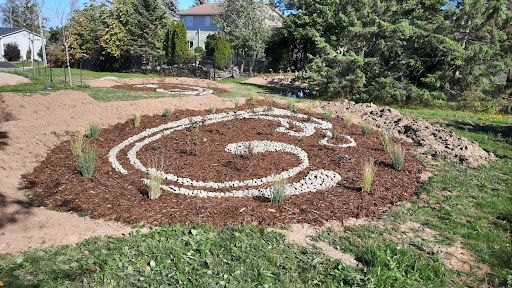
1. Moncton Rain Gardens
Problem: Flood Mitigation
Solution: Rain Gardens
Due to climate change, rising sea levels combined with high tidal cycles and storm surges have led to an increased risk of flooding. To combat this, Moncton partnered with the Petitcodiac Watershed Alliance to implement rain gardens throughout the city. Rain gardens not only help remove pollutants from stormwater but also help increase stormwater capacity and reduce the overall flood risk.
These kinds of solutions are extremely beneficial for Atlantic Canada where the risk of flooding is higher than the rest of the country.
2. Lorne Street Stormwater Mitigation
Problem: Flood Mitigation
Solution: Wet Pond
New Brunswick’s sea level is expected to rise by approximately 1m by 2100. The area, as well as other parts of Atlantic Canada, has a much higher risk of flooding than the rest of the country.
In 2019, the Town of Sackville began construction for a naturalized stormwater wet pond near Lorne Street. Once completed, the stormwater wet pond will store about 40,000 cubic feet of stormwater during major storm events which will then be slowly released through existing infrastructure into the Tantramar River. This system is ideal for flood risk reduction and designed to protect and enhance other ecosystem services—including recreation and habitat space.
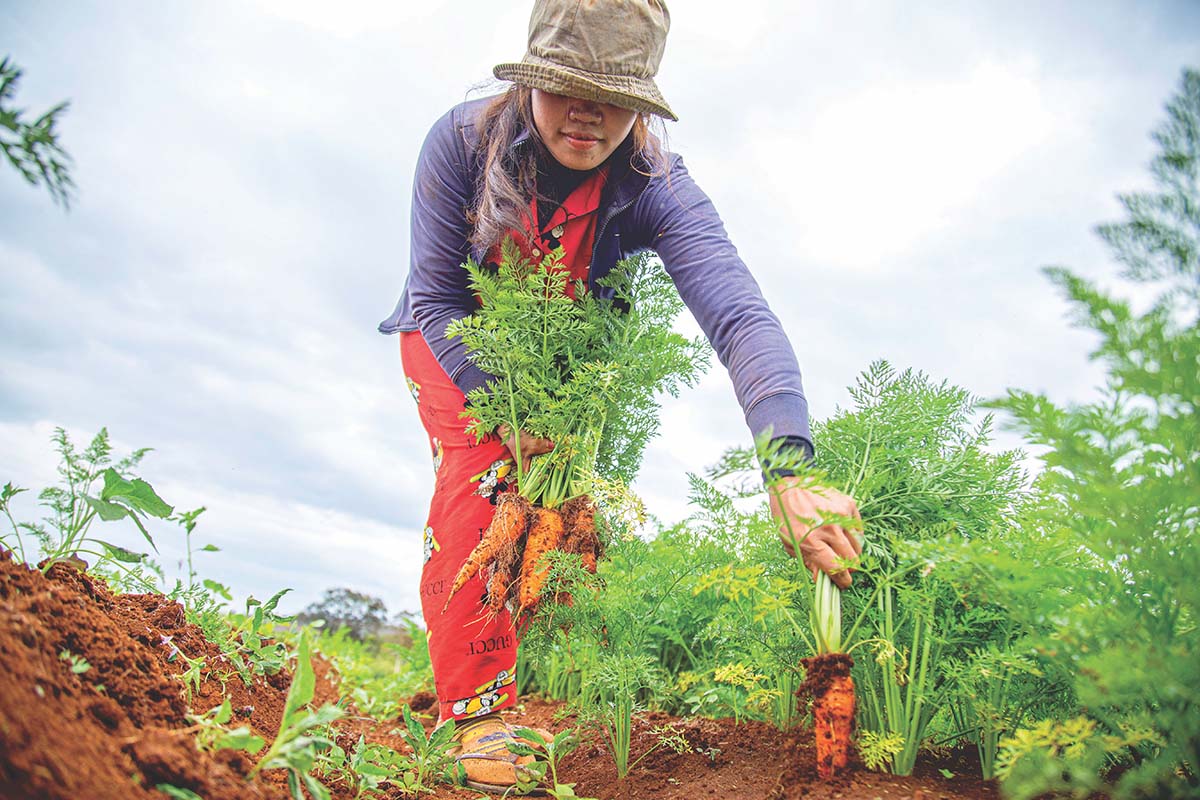
3. Lakeside Community Garden
Problem: Carbon Sequestration
Solution: Restoration, Adaptation, Land Management
In addition to providing food for much of the Canadian population, farmland can benefit ecosystems through carbon sequestration, water filtration, and by providing essential habitats for many species.
Started in 2012 on commercially farmed urban prison property in Kingston, Ontario, the Lakeside Community Garden has rehabilitated approximately 2 acres of land. Through sustainable land management, including composting and organic crop rotation, 100 allotment plots have been restored from degradation. These changes have brought improved soil, carbon sequestration, and biodiversity to the site.
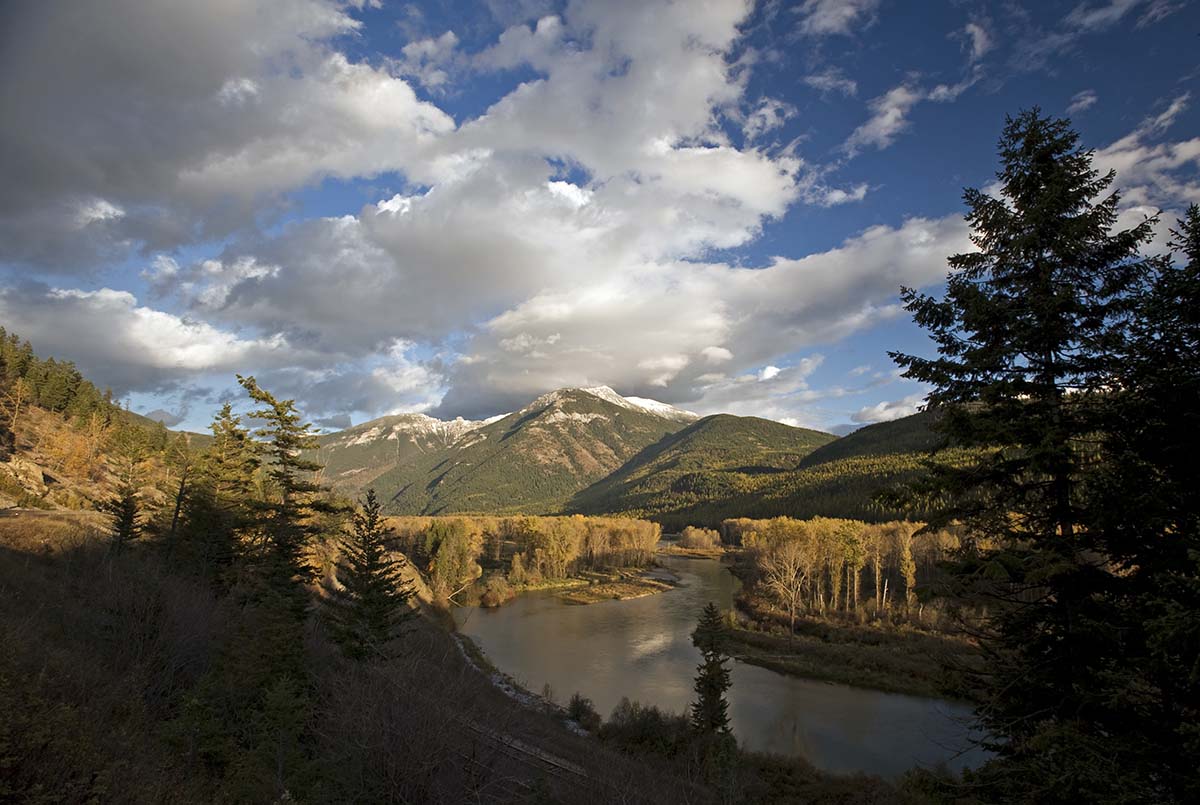
4. Sparwood, British Columbia
Problem: Water quality
Solution: Land and water management
Water quality is extremely important when it comes to the health of humans and other organisms. Scientists have found substantial evidence of Selenium leaching from coal mines in the Elk River watershed, contaminating the drinking water for communities surrounding the area.
The community of Sparwood is exploring how to improve local water quality in the Elk River by focusing on the maintenance and optimal management of natural assets. This includes opportunities to explore how to identify natural assets that can be enhanced and used to reduce sedimentation, erosion, and water quality issues in the area.
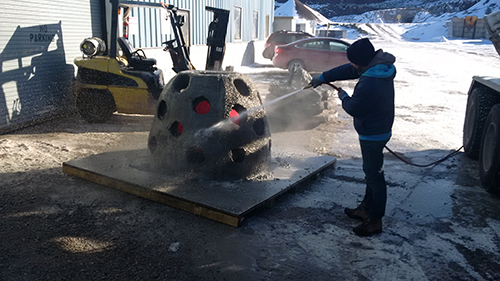
5. Restoring a Healthy Placentia Bay Coastal Ecosystem
Problem: Ecosystem degradation
Solution: Planting reef balls, restoration
Coastal habitats are places of immense biodiversity and are key habitats for many species. For example, tidal salt marshes are crucial for fish and migrating birds, they hold and filter pollutants, and act as protectors from storms.
The goal of this project is to rehabilitate degraded eelgrass beds to benefit associated fish/shellfish resources and increase coastal resilience in Placentia Bay, Newfoundland and Labrador. Includes placement of reef balls to act as substrates for eelgrass to establish.

6. Empowering Youth for Climate Action
Problem: Lack of Education/Awareness
Solution: Many municipalities have undertaken the task of educating their communities via online or workshops.
Learning for a Sustainable Future (LSF) has launched an initiative called Empowering Learners in a Warming World for Gr 7 -12 teachers. This initiative contains workshops and webinars and hosts youth forums as well. By increasing awareness and knowledge regarding environmental issues, communities, students and leaders are more determined than ever to help find solutions.
Conclusion
Nature-based climate solutions are effective and can play a crucial role in mitigating the effects of climate change. Protecting key climate-fighting ecosystems like the boreal forest, prairie grasslands, wetlands, and salt marsh will be critical to addressing the dual crises of climate change and species loss.
It all starts with your vote. Visit our Nature Platform to learn more about what nature needs from our next federal government.


